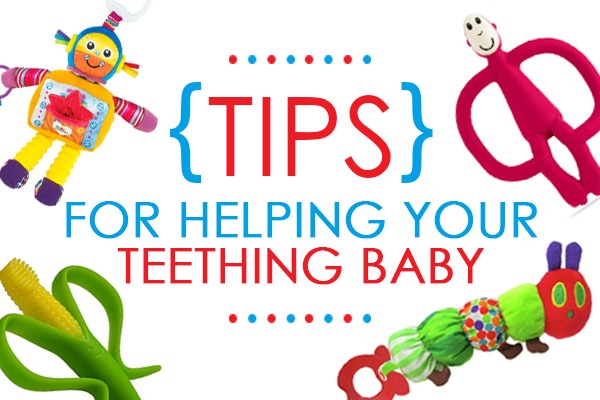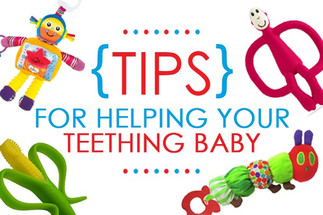Posted by Ewnice on 11th Jan 2023
Tips For Helping Your Teething Baby
Tips For Helping Your Teething Baby
Teething can be painful and uncomfortable for some babies, while others will not experience discomfort during teething and may not show any visible signs of teething at all.
When does a baby start teething?
Teething occurs when you see a baby's first tooth begin to push through the gums. Teething typically begins around 6 months of age, but it can happen earlier or later. Some babies may start teething as early as 3 months old, while others may not get their first tooth until they are over a year old. Every baby is different, so it's important to be aware of the signs of teething.
Teething Symptoms
During teething, babies may experience discomfort and irritability. Some other common teething signs to look out for are:
- Drooling more often than normal
- Putting things in their mouth to chew on
- Mildly swollen and inflamed gums
- Slight fever
- Loss of appetite
- Difficulty sleeping
How can I ease teething pain?
There are several things you can try to help soothe your baby's gums and provide teething relief:
Paracetamol and Ibuprofen
If your little one is teething, you'll want to have this handy remedy on hand. Paracetamol or ibuprofen can be given to relieve teething symptoms in babies and young children aged 3 months or older. This product comes as a liquid that's easy to give to your child. It also comes with a dropper so you can measure the right dosage.
Teething Toys
There are plenty of teething toys for your baby to chew on to help alleviate the discomfort of teething. These toys are made from materials that are safe for babies to chew on, such as silicone, rubber, or plastic. Some popular types of teething toys include teething rings, teething beads, and teething blankets. There are even handy bibs by Cheeky Chompers, that come with teethers attached so bubs can always have a teether at arms reach.
Teething Gels
Apply a small amount of teething gel to your baby's gums. Teething gels help reduce pain and stop infections. These gels are applied directly to the gums and contain active ingredients that help numb the area and reduce inflammation. For a hygienic way of applying gel, the Matchstick Monkey teethers have bumps at the back of the head to help parents apply teething gel,safely without needing to use their fingers, especially when the sore gums are further back.
Frozen Wash Cloth
Grab a small clean cloth, add water until it's moist and put it in a zip lock bag to place in the freezer. The washcloth is easy for little hands to hold. My daughter loved this one.
Foods
If your baby is 6 months or older, try giving your baby a cold, hard food to chew on, such as a peeled and chilled cucumber or a bagel. You can also offer carrot sticks, celery, watermelon and tooth rusks to babies who are teething. These foods need chewing and are good for aching gums.
It's important to remember that every baby is different, and what works for one may not work for another. Be patient and try different methods until you find what works best for your baby.

